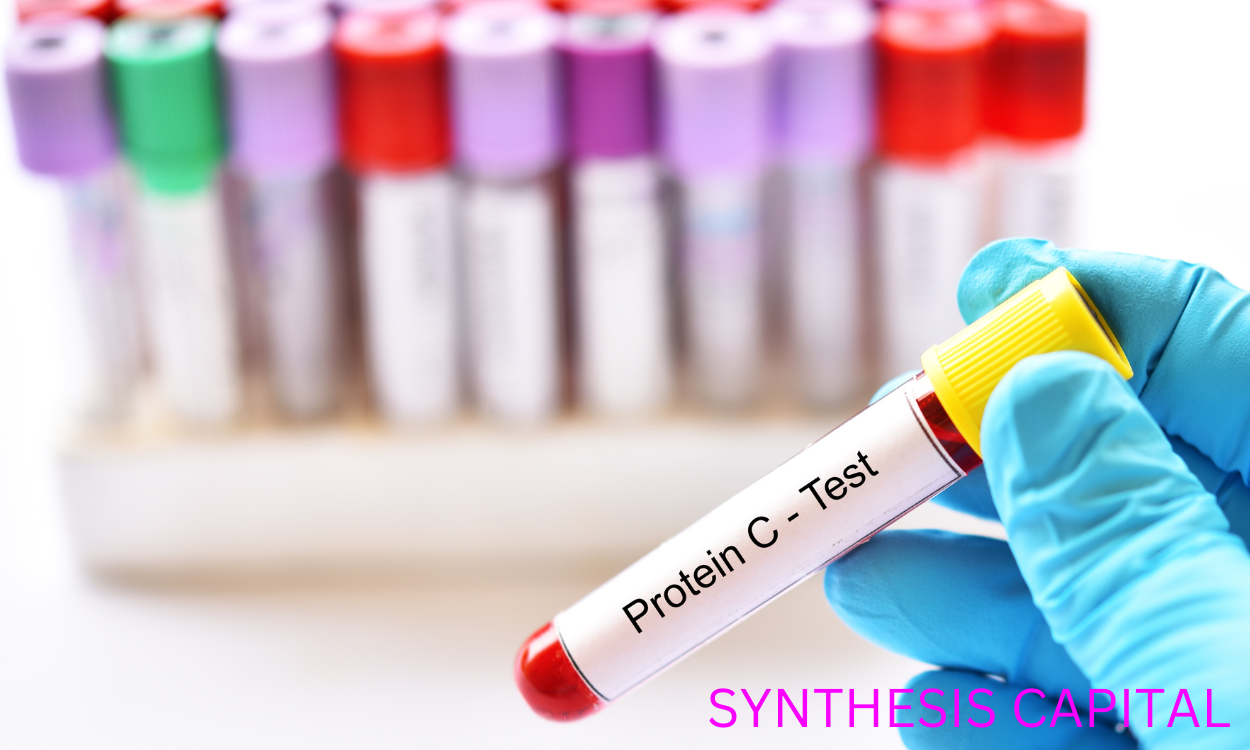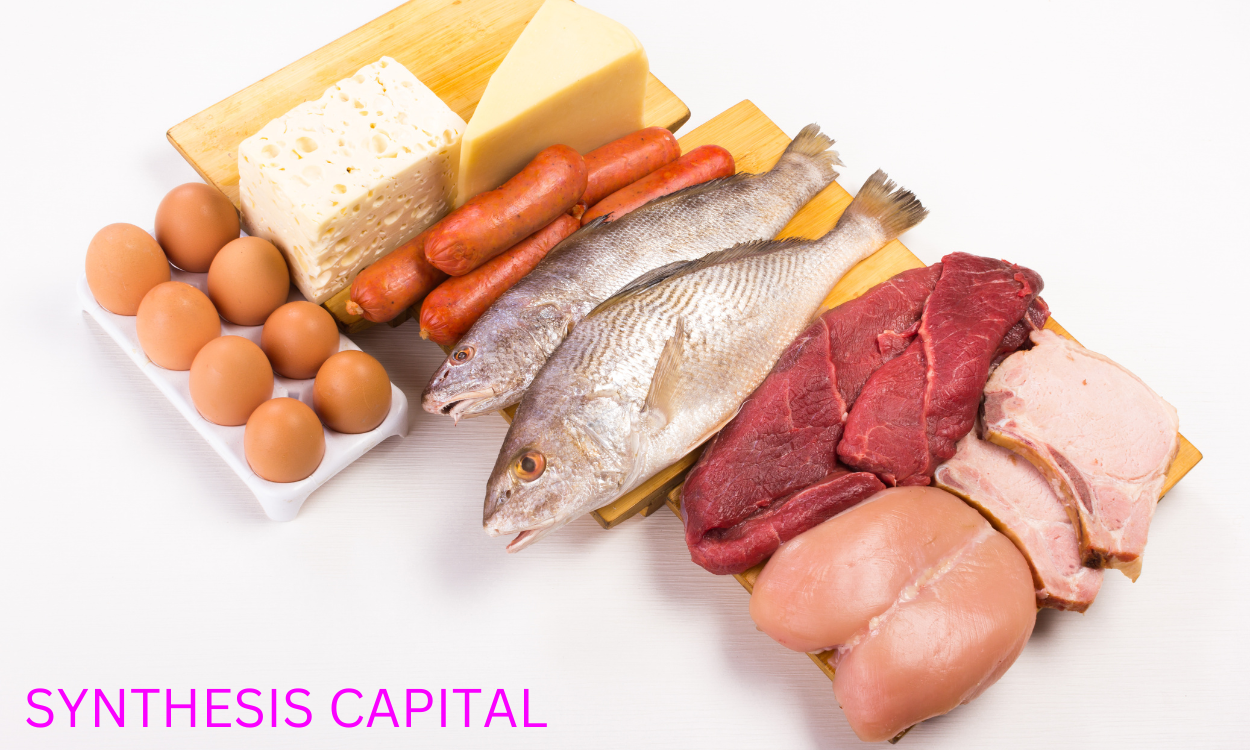Cell-free expression systems offer a powerful platform for protein production that bypasses the need for intact cells. These systems utilize cellular machinery extracted from lysed cells to transcribe and translate genetic material into proteins in a controlled, efficient manner. By providing a simplified and customizable environment for protein synthesis, cell-free expression systems have become valuable tools for a wide range of applications, including protein engineering, high-throughput screening, and biotherapeutics development. This technology holds promise for accelerating research and expanding the possibilities of protein production in both academic and industrial settings.
Main Advantages of Cell-Free Expression Systems vs Traditional Cell-Based Systems
Cell-free expression systems offer several advantages over traditional cell-based systems, including faster protein production rates, simplified protein purification processes, the ability to express toxic or difficult-to-express proteins, and the flexibility to easily manipulate reaction conditions for optimal protein yield. Additionally, cell-free systems eliminate the need for cell culture maintenance, reducing costs and time associated with cell growth and maintenance. This makes cell-free expression systems a valuable tool for high-throughput protein production, structural biology studies, and other applications requiring rapid and efficient protein synthesis.

How do cell-free expression systems overcome challenges such as protein misfolding and aggregation?
Cell-free expression systems overcome challenges such as protein misfolding and aggregation by providing a controlled environment in which proteins can be synthesized outside of living cells. These systems typically utilize purified components, such as ribosomes, tRNAs, and enzymes, to efficiently produce proteins with high yields. By eliminating the need for complex cellular machinery, cell-free systems can reduce the likelihood of protein misfolding and aggregation that can occur in traditional in vivo expression systems. Additionally, these systems allow for precise control over reaction conditions, such as temperature, pH, and cofactor concentrations, which can further minimize the risk of protein misfolding and aggregation. Overall, cell-free expression systems offer a promising solution for overcoming the challenges associated with protein production in vitro.
What types of proteins can be successfully produced using cell-free expression systems?
Cell-free expression systems have been shown to successfully produce a wide range of proteins, including membrane proteins, toxic proteins, and proteins that are difficult to express in traditional cell-based systems. This is due to the flexibility and simplicity of cell-free systems, which lack the constraints of cellular membranes cell free expression system and can easily accommodate the production of complex proteins. Additionally, cell-free systems allow for rapid optimization of reaction conditions and the ability to manipulate the components of the system to enhance protein expression, making them a versatile tool for the production of a variety of protein types.
How scalable are cell-free expression systems for industrial applications?
Cell-free expression systems have shown great potential for industrial applications due to their ability to rapidly produce proteins without the need for living cells. These systems can be easily scaled up or down based on demand, making them highly adaptable for various production levels. Additionally, cell-free systems can produce complex proteins that are difficult to express in traditional cell-based systems, making them a valuable tool for industries such as pharmaceuticals, biotechnology, and biofuel production. With ongoing advancements in technology and optimization of cell-free systems, their scalability for industrial applications continues to improve, making them a promising alternative to traditional protein expression methods.
What are the limitations of current cell-free expression systems in terms of protein yield and complexity?
Current cell-free expression systems have limitations in terms of protein yield and complexity due to factors such as the difficulty in maintaining high levels of protein synthesis over extended periods, limited post-translational modifications, and challenges in achieving proper protein folding and assembly. Additionally, the lack of cellular compartments and organelles in cell-free systems can hinder the production of complex proteins that require specific environments for proper function. Furthermore, the scalability of cell-free systems for large-scale protein production remains a challenge, limiting their utility for industrial applications. Overall, while cell-free expression systems offer advantages such as rapid protein production and the ability to synthesize toxic or membrane proteins, these limitations must be addressed to unlock their full potential for diverse protein production needs.

How do cell-free expression systems compare in cost-effectiveness to traditional cell-based expression systems?
Cell-free expression systems are often more cost-effective than traditional cell-based expression systems due to their simplified nature and reduced need for expensive growth media, supplements, and extensive purification steps. Additionally, cell-free systems eliminate the need for maintaining complex cell cultures, which can be time-consuming and require specialized equipment. These factors contribute to lower overall costs associated with cell-free expression systems, making them a more efficient and economical option for producing proteins and other biomolecules.
What advancements are being made in improving the efficiency cell free expression system and versatility of cell-free expression systems?
Advancements in improving the efficiency and versatility of cell-free expression systems include the development of novel templates, such as linear DNA or mRNA, that can enhance protein synthesis rates and yields. Additionally, optimized cell lysates and reaction conditions have been engineered to improve transcription and translation efficiencies. The incorporation of synthetic biology tools, such as ribosome engineering and orthogonal translation components, allows for the production of complex proteins and non-natural amino acids. Furthermore, the integration of microfluidics technology enables high-throughput screening and rapid prototyping of cell-free expression systems, ultimately facilitating the production of a diverse range of proteins for various applications in biotechnology and medicine.
How do cell-free expression systems contribute to the field of synthetic biology and bioengineering?
Cell-free expression systems play a crucial role in advancing synthetic biology and bioengineering by providing a versatile platform for rapid protein production, genetic circuit construction, and metabolic engineering. These systems allow researchers to bypass the complexities and limitations of living cells, enabling the direct translation of DNA sequences into proteins in a controlled environment. This flexibility facilitates the design and testing of novel genetic circuits, biosensors, and metabolic pathways, accelerating the development of new biotechnologies and therapeutics. Additionally, cell-free systems can be easily modified and optimized, making them valuable tools for high-throughput screening and protein engineering applications. Overall, cell-free expression systems offer a powerful and efficient way to study biological systems and engineer new functionalities, driving innovation in the field of synthetic biology and bioengineering.